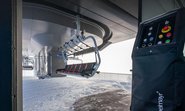Finally the time has come: the hiking season begins! Where we take our swings in winter, the grazing cattle are now looking forward to a green feast. But until then, some preparations have to be made. Where do the fences come from? What should you be aware of during an animal encounter? And what role do the Bad Kleinkirchheimer Bergbahnen play in all this anyway? Lace up your hiking boots and off you go on an exciting hike through Carinthia’s alpine pastures.
The alpine meadow: a multifaceted environment.
Peacefully grazing cows on lush alpine meadows in the midst of a gentle mountain landscape – an image that in most people's minds is anchored as a symbol of relaxation and authenticity. The idyllic hiking trails, rustic mountain huts, and living tradition even have a magnetizing effect on many guests and locals. Far away from the hustle and bustle of everyday life, the Austrian alpine pastures therefore offer an attractive refuge for those seeking peace and quiet from all over the world.
In addition to tourism, alpine pastures are also of great importance for local agriculture. They have always been home to an infinite variety of plants and animals. However, with the development of the mountain region, people have greatly changed this alpine natural landscape. For instance, many mountain forests were pushed back to make room for pastures and grazing cattle. As a result, a whole new ecosystem developed that has be cultivated continuously – through alpine pasture farming.
In addition to preserving alpine biodiversity, pasture farming also provides a protective function for humans. If carried out in accordance with local conditions, it can counteract the runoff of mudflows and avalanches as well as reduce the risk of flooding in the valley. Win-win for everyone. This makes it all the more important to protect this resource in the best ways possible.
From white slopes to lush pastures.
The cultivation of the alpine willows is usually handled by the regional farmers. As many of the pasture areas in Bad Kleinkirchheim are used as ski slopes in winter, our employees support the farmers with their annual preparations.
First of all, the piste boundaries, snow lances and snow cannons have to be removed and stored. Along the pasture area, wooden stakes - in Carinthian: stamps - are then driven into the ground and connected by long barbed wire fences. After checking all the grazing gates and cattle grids in the area, the mountains are ready for their four-legged summer guests.
By the way, if our fencers discover bare patches in the meadows, new grass seeds are immediately sown and fertilized. A feast for the grazing cattle.
Why do we actually put up fences?
Obviously, fencing separates the pastures from each other. Above all, however, fencing serves to protect wildlife and livestock in their habitat, as well as ensuring our own safety. Indeed, what would happen if you suddenly encountered a cow whilst zipping down the Flow Country Trail? Not a pleasant scenario - neither for you, nor for the animal. Likewise, hiking and biking trails can be better marked and contained by fencing. Instead of marching clear across farmed pastures, visitors are instead directed to official trails.
A tradition of gourmet moment.
We’ve got quite a lot of the work behind us now. Whether it's after fencing in or a long hike in the Nockberge mountains - we all need a break. The Carinthian Reinling may not be missed. It’s a pastry with centuries-old tradition, similar to a Gugelhupf, which is refined with honey, raisins, nuts or cinnamon. The Carinthian Reinling is even part of Austria's culinary heritage. Well worth trying out!
10 rules on how to deal with cattle.
We all want to enjoy the Mountains to their fullest. The fact that the habitats of humans and animals overlap can hardly be avoided. Therefore, there are a few rules that you should follow during your next encounter with grazing animals:
- Avoid contact with cattle, do not feed animals, and keep a safe distance!
- Keep calm and do not frighten the livestock!
- Mother cows will protect their calves: Avoid encounters between your dog and mother cows!
- Always keep dogs under control and on a short leash. If you anticipate that a grazing animal might attack: Immediately release the leash!
- Do not leave hiking trails!
- If grazing cattle block the way, walk around leaving as much distance as possible!
- When approaching grazing cattle: Stay calm, do not turn your back, and avoid the animal altogether!
- Leave the grazing area quickly at the first sign of restlessness amongst the animals!
- Observe and respect the fences! If there is a gate, use it, then close it again and cross through the pasture quickly!
- Treat nature, animals, and the people working here with respect!
All clear? Great, then it’s time for the hiking season to begin! We at the Bad Kleinkirchheimer Bergbahnen look forward to welcoming you on your next visit to our hiking and biking paradise.

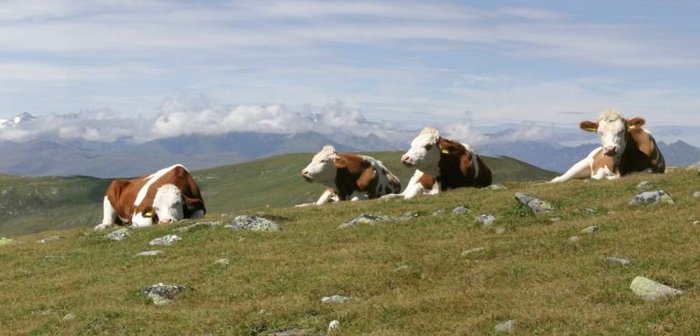
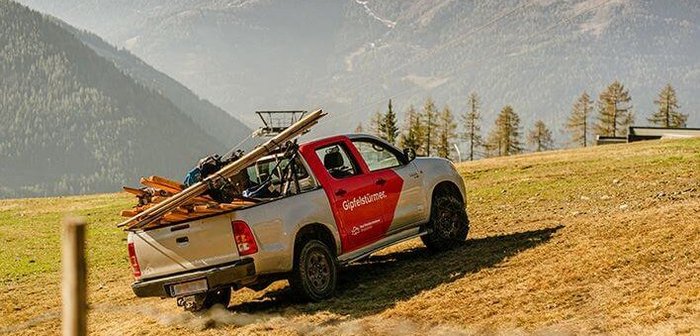
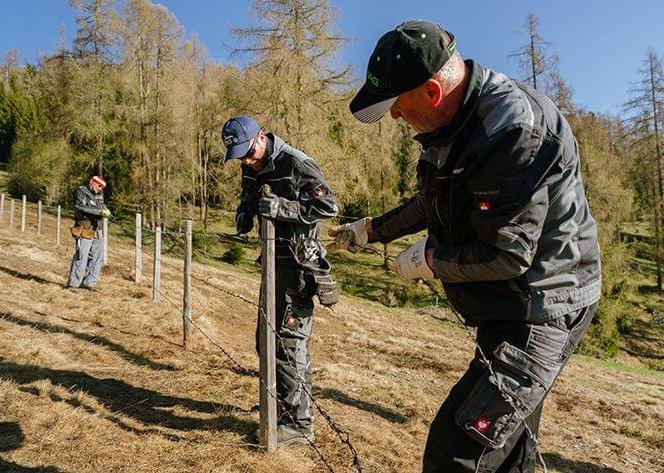
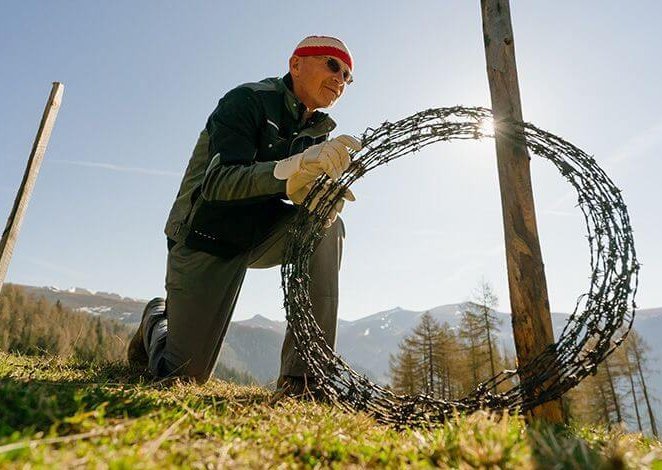
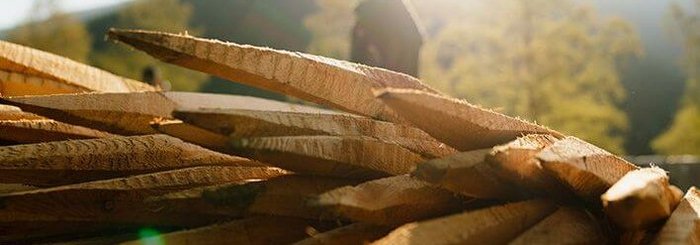
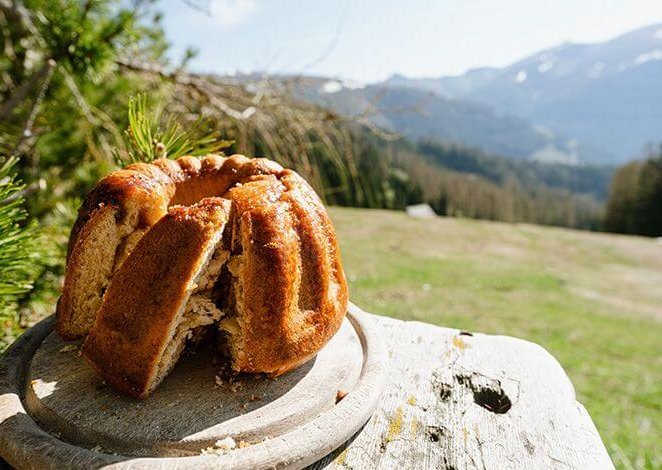
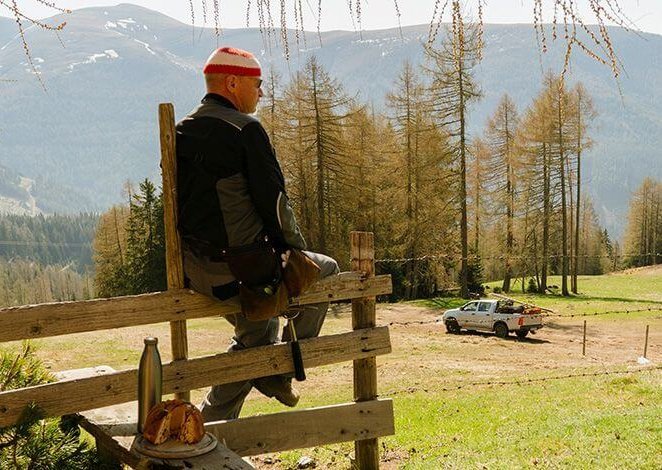
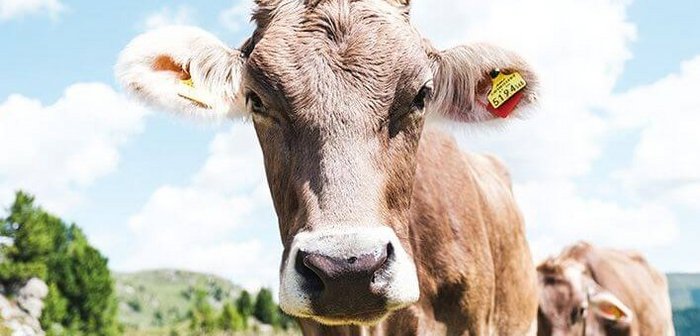
![[Translate to en:] [Translate to en:]](/fileadmin/_processed_/b/e/csm_STEN_Liftbergeu%CC%88bung_StOswald_FlugrettergruppeSu%CC%88d_210521-0195_d133bada63.jpg)
